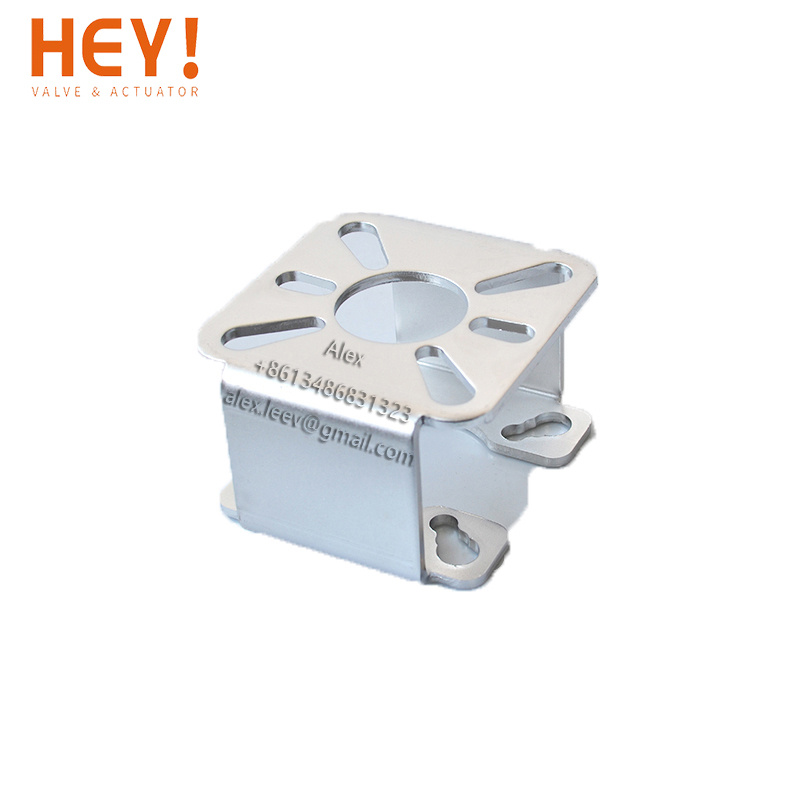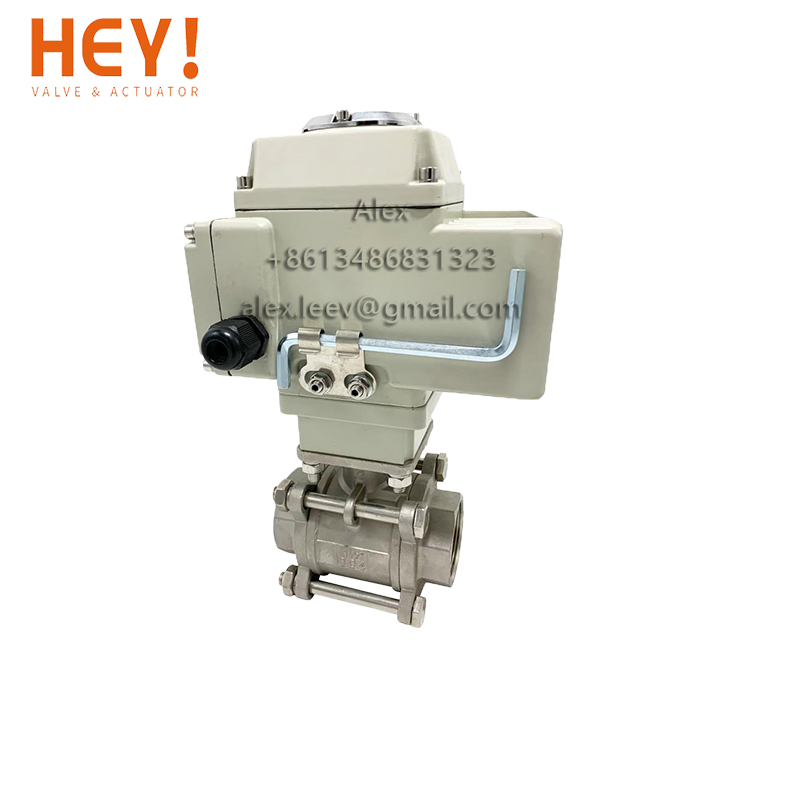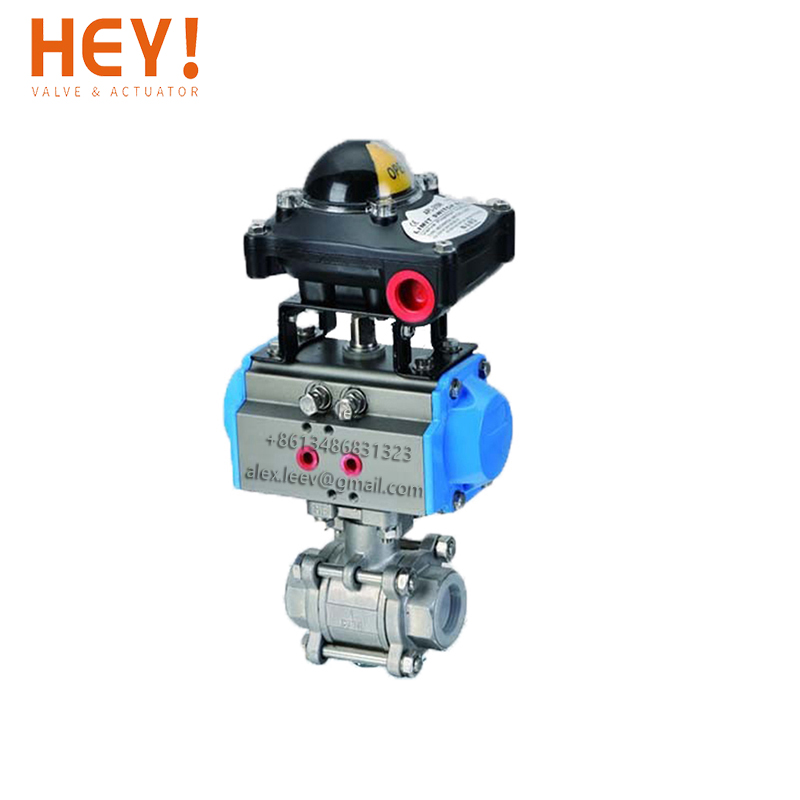Introduction to 3-Way Sanitary Diaphragm Valve
3-Way Sanitary Diaphragm Valve is a type of valve that is commonly used in the food and beverage industry, pharmaceutical industry, and other industries where hygiene and cleanliness are of utmost importance. This valve is designed with a T-Port or L-Port configuration, allowing for three-way flow control. It comes in different types of connections, including welding, clamp, and flange, and various connection standards such as DIN, SMS, and 3A, to cater to different industrial applications. Additionally, this valve can be operated manually or pneumatically, providing flexibility for different processes.
3-Way Sanitary Diaphragm Valve Features
Hygienic Design: The 3-Way Sanitary Diaphragm Valve is designed with a hygienic design to meet strict sanitary requirements. It is made of high-quality materials such as stainless steel, making it easy to clean and resistant to corrosion.
Three-Way Flow Control: The T-Port or L-Port configuration of the valve allows for three-way flow control, making it suitable for use in applications that require the mixing, dividing, or diverting of fluids.
Easy to Operate: The valve is designed for easy manual or pneumatic operation, making it suitable for applications where automation is not required.
Excellent Flow Control: The diaphragm valve design ensures excellent flow control, making it suitable for use in applications that require precise control of flow.
High-Temperature Resistance: The valve is capable of withstanding high temperatures, making it suitable for use in high-temperature applications.
Different Connection Types and Standards: The 3-Way Sanitary Diaphragm Valve is available in different connection types, including welding and clamp, and various connection standards such as DIN, SMS, and 3A, to cater to different industrial applications.
Using the 3-Way Sanitary Diaphragm Valve
The 3-Way Sanitary Diaphragm Valve is easy to install and use. Follow these steps for optimal operation:
Install the Valve: Begin by installing the valve in the appropriate connection type, such as welding or clamp, and connection standard, such as DIN, SMS, or 3A.
Connect to the Pipeline: Next, connect the valve to the pipeline using the appropriate fittings. Ensure proper alignment with the flow of fluid or gas.
Adjust the Valve: Finally, adjust the valve to the desired position using the manual operation lever or pneumatic actuator. This will regulate the flow of fluid or gas through the system.

















